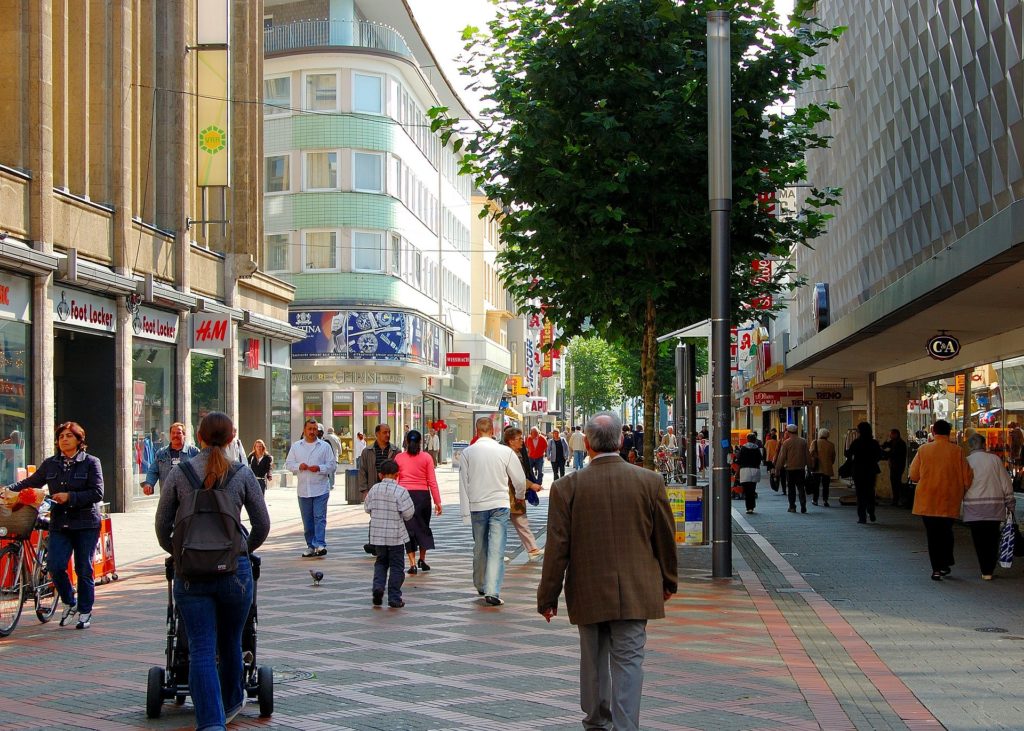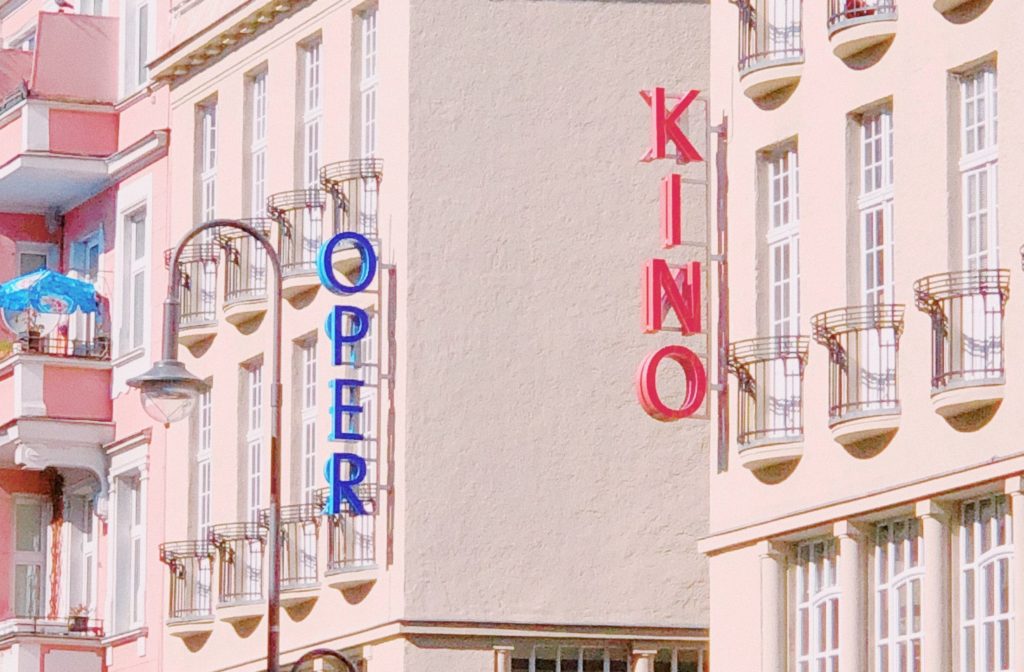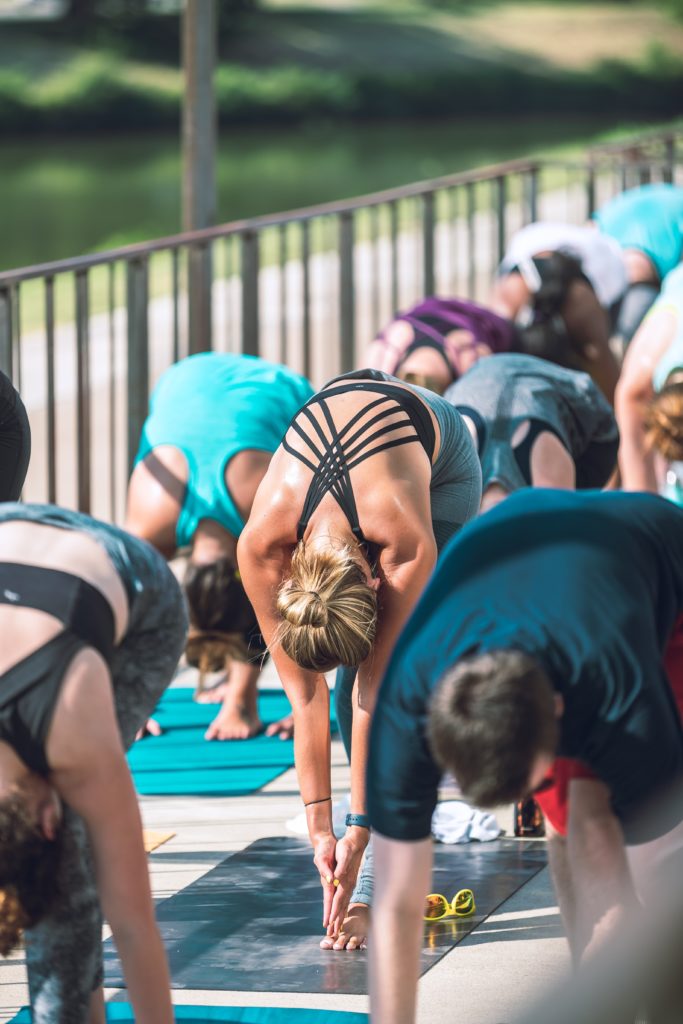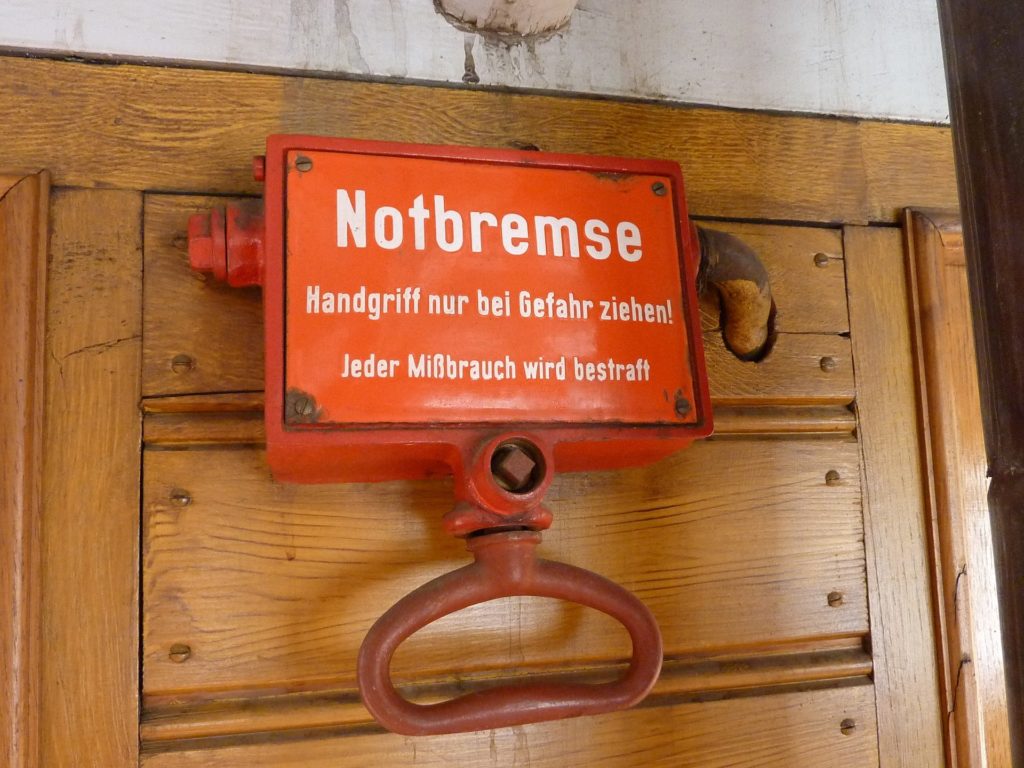Germany’s 5 Steps To Get Rid of COVID Posted by Sten on Mar 5, 2021 in Language, Uncategorized
Since March 1, die Friseure (hair salons) opened again in Germany. Finally! After months of lockdown, non-essential businesses can open again, at least that was the plan. However, there are now new rules in place that extend the current lockdown until the end of March, with a new strategy with five opening steps. Die Bundesregierung (federal government) presented five Öffnungsstrategien (f, opening strategies) this week with different Schritte (m, steps) to slowly open the country up. Here’s what all this looks like.
Step 1: Get a haircut!
So, the first Öffnungsschritt (m, opening step) happened this week. Now, Friseure can endlich (finally) open again! With extended opening times, Friseure have a busy time ahead. You have no excuses to delay getting rid of that crazy COVID haircut anymore!
Step 2: Meet your close friends!
Öffnungsschritt zwei (opening step 2) comes on Monday, March 8. In diesem Schritt, die Kontaktbeschränkungen (f, contact restrictions) will be gelockert (loosened). Now, up to 5 people from 2 different Haushalte (m, households) are allowed to meet again.
Step 3: Make a shopping appointment!
Monday can also mark the beginning of Öffnungsschritt drei (opening step 3). This is the first step where the Inzidenzwert in a region is going to matter. Germany uses der 7-Tage-Inzidenzwert (7-day incidence value, simply called Inzidenzwert hereafter) to measure how successful the country’s COVID strategies have been. This value represents the number of new COVID infections per 100.000 inhabitants in the previous seven days. So the Neuinfektionen (new infection cases) of the seven previous days are summed up and divided by the total number of people that live in that region. The Bundesregierung wants to reach an Inzidenzwert below 50, as this would make it possible again to do proper contract tracing.
In this third Schritt, there are two scenarios: 1. Opening with appointments at an Inzidenzwert between 50 and 100; 2. Opening with a maximum number of die Kunden (customers) at an Inzidenzwert that is consistently below 50. Here’s what that looks like.
If the Inzidenzwert is between 50 and 100, der Einzelhandel (retail sector) can open again, but only if Kunden have einen fester Termin (a fixed appointment). Das Museum (museum), der Zoo (zoos) and der botanische Garten (botanical garden) are open only to die Besucher (visitors) that do a prior Anmeldung (f, registration).
If the Inzidenzwert is below 50, die Geschäfte (n, stores) and the other places mentioned above can open, but only with a maximale Kunden-/Besucherzahl (f, maximum number of customers/visitors).
Step 4: Let’s go watch a movie!
In Öffnungsschritt vier (opening step 4) is only going to happen if the Inzidenzwerte have not gone up for two weeks straight. With this Schritt, there are two scenarios again, like with the third step.
With an Inzidenzwert between 50 and 100, you can go to das Kino (cinema) and das Theater (theater), but only if you have a negative Schnelltest (rapid test) or Selbsttest (self test) for Corona from the same day.
In this fourth Öffnungsschritt, die Außengastronomie (outdoor food service) can also open again, but only with prior Anmeldung.
If the Inzidenzwert falls below 50, Kinos, Theater and Außengastronomie can open, as well as Opernhäuser (n, operas) and Konzerthäuser (n, concert halls).
But it doesn’t stop there. We’re in Germany, after all!
Step 5: Mass yoga class, anyone?
We then go to Öffnungsschritt fünf (opening step 5), which is triggered after step 4 if the Inzidenzwert remains stable for another two weeks. At this step, the division is again in the two categories above.
With an Inzidenzwert between 50 and 100, the Einzelhandel receives further Lockerungen (f, relaxation) of the rules. But the number of Kunden is still begrenzt (limited).
If the Inzidenzwert is below 50, Freizeitveranstaltungen (recreational events) are allowed with up to 50 Teilnehmer (participants).
Notbremse!
All these steps assume that the Inzidenzwert goes down. But what if it rises? If the Inzidenzwert goes above 100 for three days in a row, there is an automatic Notbremse (f, emergency brake).The Lockdown-Regeln (f, lockdown rules) as of March 7 are back in place on the second Werktag (m, working day) after the Inzidenzwert goes above this value until it goes below 100 again.
Here’s an example of what this would look like: If on Sunday, the Inzidenzwert is 90, and on Monday, Tuesday and Wednesday, the Inzidenzwert goes to 105, 110 and 115, the Notbremse enters into force on Friday until the Inzidenzwert dips back into the double digits.
What do Germans think about all this?
So these new rules are all nice and good, but what do Germans actually think about them?
47 percent agree with the current course, and 20 percent even speak in favor of a Verschärfung (f, tightening) of the rules!
However, the Bundesregierung does not get such favorability. Only 50 percent are now zufrieden (satisfied) with the work of the Bundesregierung. Merkel, as die Bundeskanzlerin, still gets favorable ratings at 64 percent. But also that is the lowest ever since the start of the pandemic.
There is still a lot of Unzufriedenheit (f, discontent) about the slow vaccination in Germany, where so far only around 6 percent have received at least a first dose of the Vakzin (n, vaccine).
So it’s going to be a hectic time in Germany in the coming weeks. These different opening rules may lead to a Flickenteppich (crazy quilt) of rules again. But let’s hope the Inzidenzwerte go down all the way!

Build vocabulary, practice pronunciation, and more with Transparent Language Online. Available anytime, anywhere, on any device.








